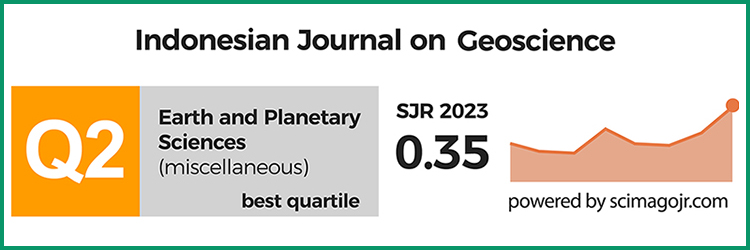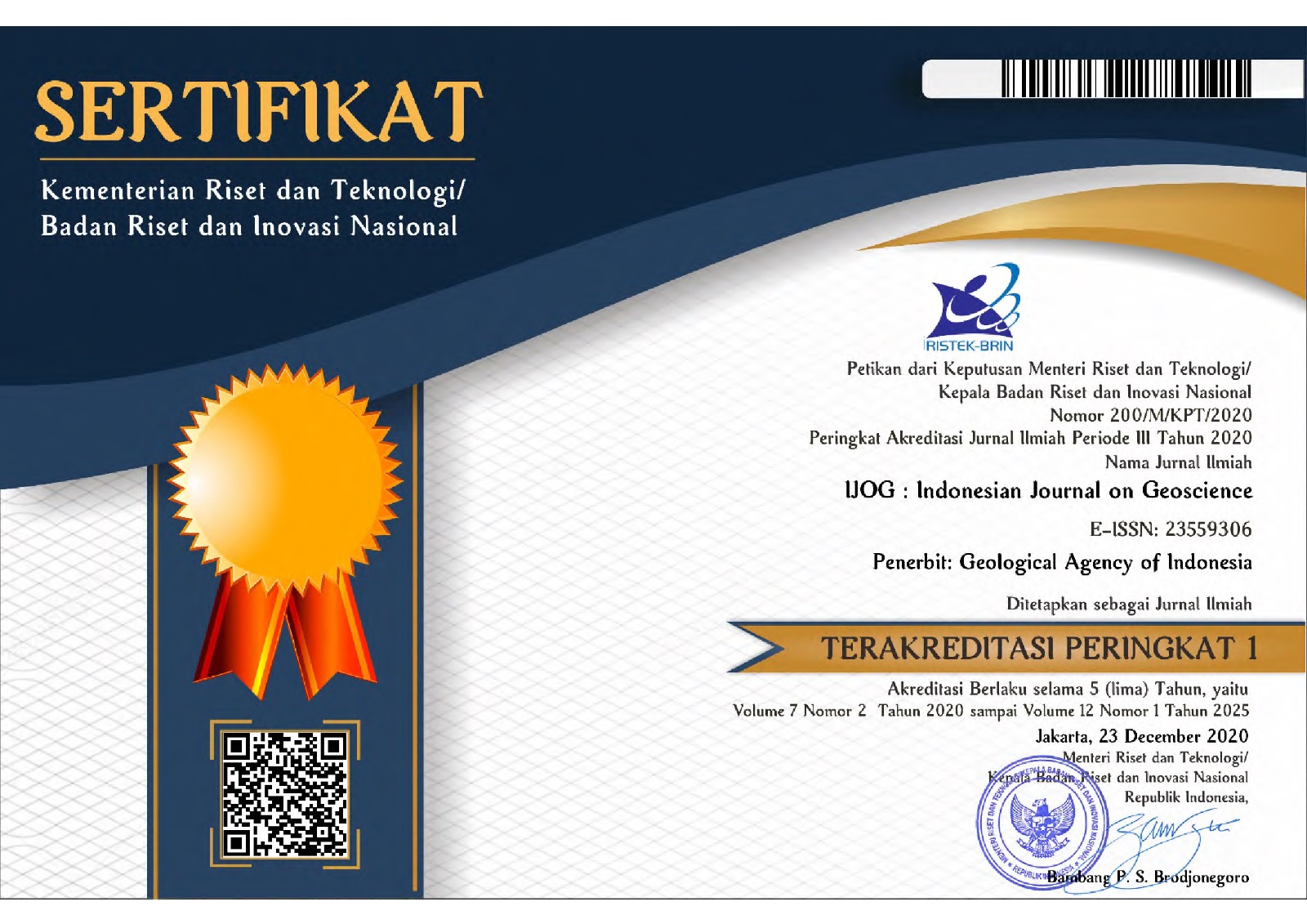The Weighted Values of the Factor's Classes Based on Different Approaches for Potential Zones of the Groundwater Mapping Using Remote Sensing Data and GIS Technique in the Taiz Region, Yemen
DOI:
https://doi.org/10.17014/ijog.12.1.105-131Abstract
Remote sensing and geographical information system (GIS) have become one of the leading tools in the field of groundwater, which help in assessing, monitoring, and mapping groundwater resources, especially in semi-arid areas. The objective of this paper is to assess and to map groundwater potential zone in Taiz Governorate by the overlaying technique of the geospatial factors. The available twelve factors were prepared in this work from different data sources using several processes. The soil and landuse factors were prepared from Landsat-7 with the colour enhancement technique and supervised classification. The lineament, automatic drainage, slope, elevation steepness (topography) and aspect were derived from DEM, rock units, geological faults, and contact created from previous geological map. Geophysical subsurface faults were also prepared from previous magnetic faults. The rainfall data was generated from the previous annual rainfall reading. All these maps were prepared and classified to be suitable for weighted values and GIS overlying model. The manual, scaling, and matrix weighted values were assigned to the factor (raster) maps to produce three groundwater potential zone maps. These maps were classified into five classes as very low, low moderate, high, and very high potential zones. Three groundwater potential maps produced in this work were compared together and evaluated using matching technique with previous prospecting groundwater map. The percentages of the matching were 58.56 % for the potential map of the matrix analysis, 27.95 % for the potential map of the scaling equation, and 13.49 % for the potential map of the manual weighted values. This evaluation shows that the potential map of matrix weighted values scored the highest of matching, and it is the best potential map compared with the other two maps. The new finding in this work was more than six new places in the best groundwater potential map of the area noted as new groundwater potential areas. The locations of these areas were NE corner, S-SW, W, NW corner, N, and some places in the central parts of the studied area. Hence, the resultant map may contribute to optimize the choice of location of future drilling, and to increase the chances to take water from new wells which will satisfy the increasing water demand of local population. Moreover, the groundwater potential zone map was assessed for the first time using these techniques in the area, and all maps of the factors created in this research are new maps that may represent the new database of the area.



















